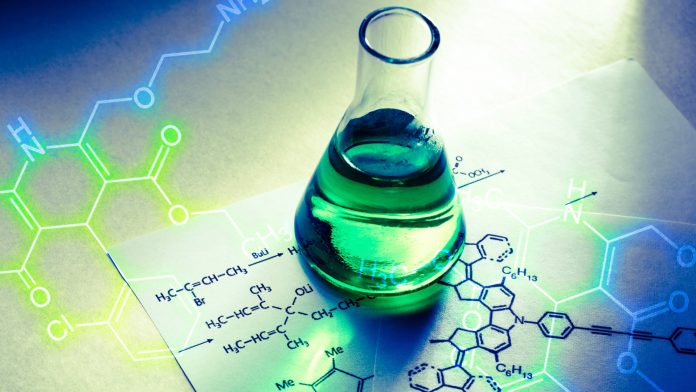
Green chemistry, also known as sustainable chemistry, is an approach to chemistry and chemical engineering that is designed to minimize the negative impact of chemical processes and products on human health and the environment while promoting efficiency and innovation. The principles of green chemistry aim to design, develop, and implement chemical practices that are inherently safer, more energy-efficient, and less environmentally harmful.
The primary goal of green chemistry is to prevent pollution and environmental harm at the source. This means designing chemical processes and products in a way that minimizes waste, emissions, and the use of hazardous materials.
Atom Economy
Green chemistry encourages the use of synthetic methods that maximize the incorporation of all reactant atoms into the final product, minimizing the generation of byproducts and waste.
Safer Chemicals
The use of chemicals that are less toxic, less flammable, and less harmful to human health and the environment is a fundamental principle. This involves the design and selection of chemicals with reduced toxicity profiles.
Renewable Feedstocks
Green chemistry promotes the use of renewable raw materials, such as biomass or agricultural waste, as feedstocks for chemical processes, reducing reliance on fossil fuels and diminishing the carbon footprint.
Energy Efficiency
The design of chemical processes to minimize energy consumption and reduce greenhouse gas emissions is crucial. This can involve using more efficient reaction conditions, alternative energy sources, and innovative engineering.
Biodegradability
Product Design
Green chemistry encourages the design of products with longer lifespans, reduced resource consumption, and lower environmental impact. This includes considerations such as durability, recyclability, and ease of disassembly.
Renewable Energy
The integration of green chemistry with renewable energy sources, such as solar and wind power, can help reduce the environmental impact of chemical processes.
Education and Awareness
Raising awareness and providing education about the principles and benefits of green chemistry is vital for promoting sustainable practices in the chemical industry and academia.
Governments and regulatory agencies play a significant role in promoting green chemistry through incentives, regulations, and policies that encourage sustainable practices and the development of greener alternatives. Green chemistry often involves interdisciplinary collaboration between chemists, engineers, environmental scientists, and other stakeholders to address complex challenges and develop sustainable solutions.
Green chemistry has far-reaching applications in various industries, including pharmaceuticals, agriculture, materials science, and energy production. It is seen as a crucial tool for addressing global challenges such as climate change, pollution, resource scarcity, and environmental degradation while promoting innovation and economic growth. By incorporating green chemistry principles into research and industry practices, we can work toward a more sustainable and environmentally friendly future.
